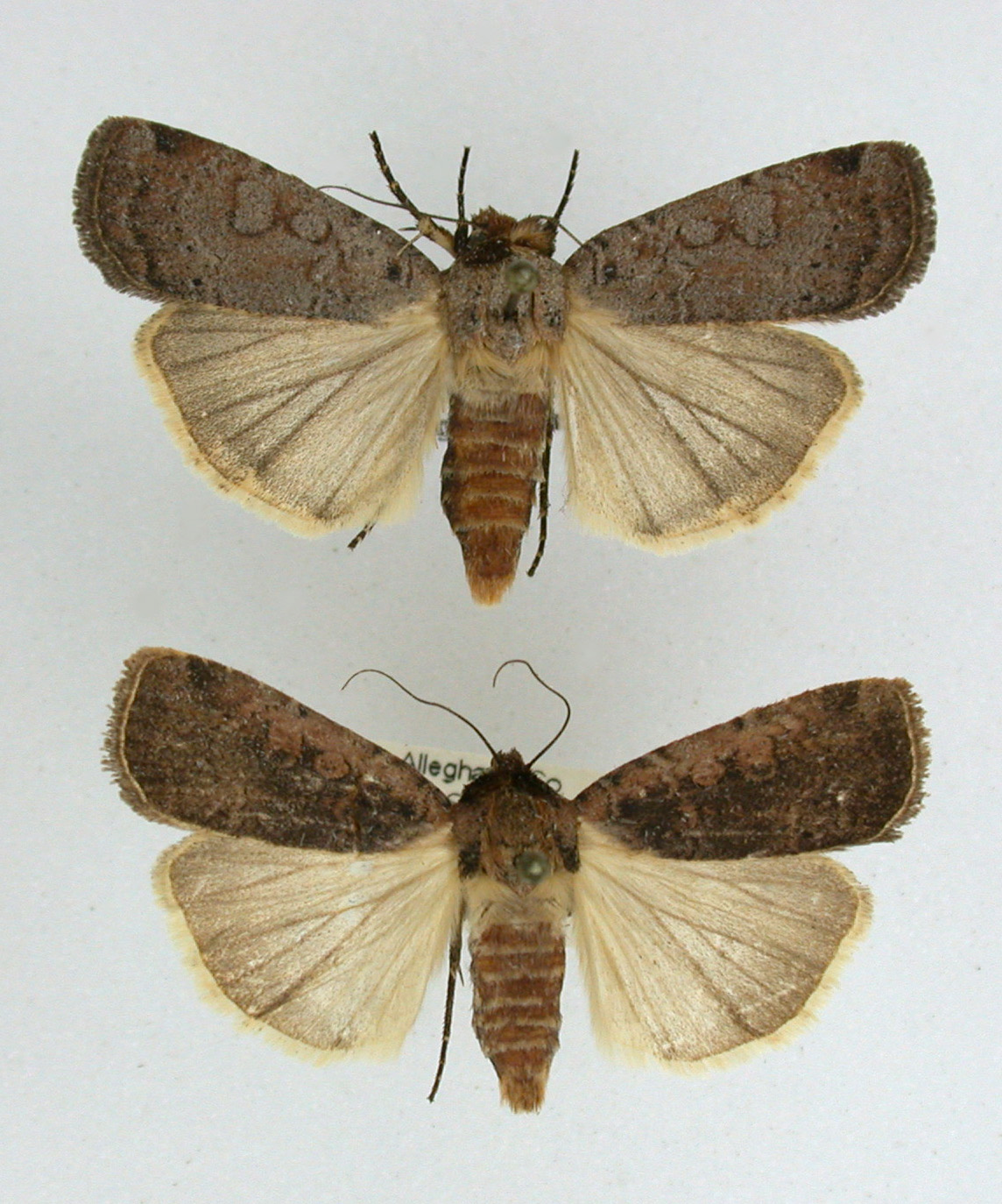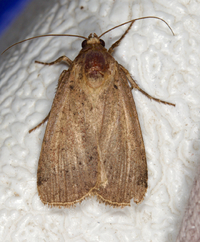
| Recorded by: Jim Petranka, Becky Elkin, Marilyn Westphal and Nora Murdock on 2025-10-18
Henderson Co.
Comment: | 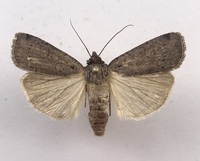
| Recorded by: R. Teper, David George, P. Coin, K. Bischof on 2025-08-16
Transylvania Co.
Comment: |
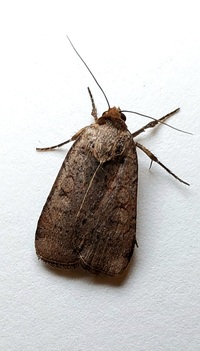
| Recorded by: Mark Basinger on 2025-08-12
Ashe Co.
Comment: | 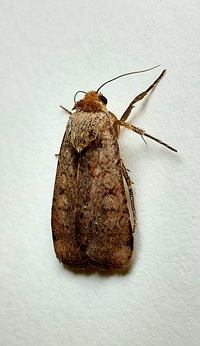
| Recorded by: Mark Basinger on 2025-08-12
Ashe Co.
Comment: |
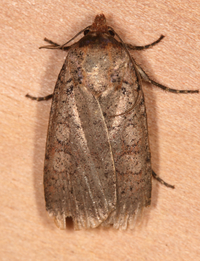
| Recorded by: Jim Petranka and Becky Elkin on 2024-10-13
Madison Co.
Comment: | 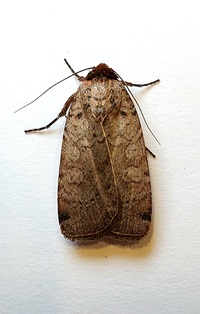
| Recorded by: Mark Basinger on 2024-09-21
Buncombe Co.
Comment: |
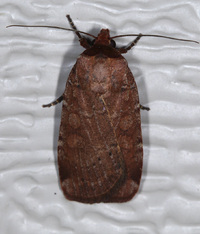
| Recorded by: Jim Petranka on 2024-06-06
Madison Co.
Comment: | 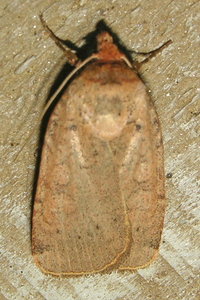
| Recorded by: Owen McConnell on 2023-10-13
Graham Co.
Comment: |
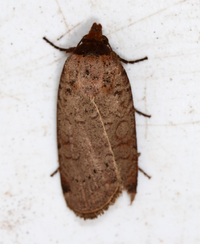
| Recorded by: Jim Petranka, Becky Elkin, Ivanna Knox, Marietta Shattelroe and Avery Young on 2023-09-21
Buncombe Co.
Comment: | 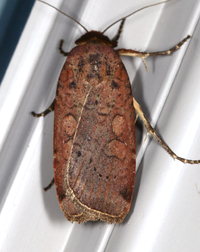
| Recorded by: Jim Petranka on 2023-09-12
Madison Co.
Comment: |
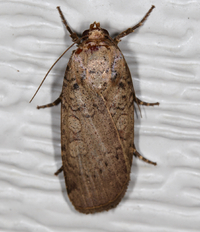
| Recorded by: Jim Petranka on 2023-09-10
Madison Co.
Comment: | 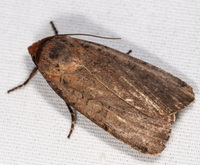
| Recorded by: John Petranka on 2022-10-05
Orange Co.
Comment: |
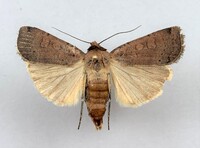
| Recorded by: Richard Teper on 2022-06-16
Jackson Co.
Comment: | 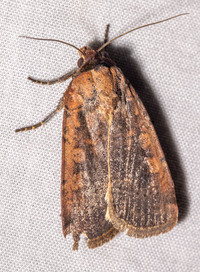
| Recorded by: Stephen Hall on 2022-06-01
Orange Co.
Comment: |
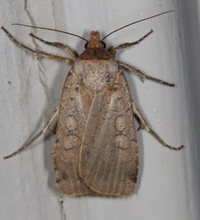
| Recorded by: Jim Petranka on 2021-10-12
Madison Co.
Comment: | 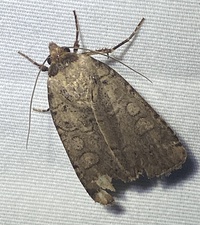
| Recorded by: David George, L. M. Carlson on 2021-10-08
Orange Co.
Comment: |
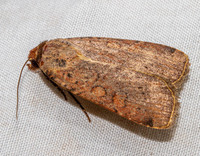
| Recorded by: Stephen Hall and Bo Sullivan on 2021-09-14
Ashe Co.
Comment: | 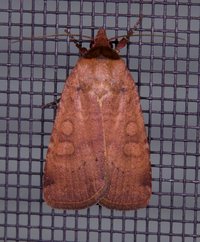
| Recorded by: Jim Petranka on 2021-06-01
Madison Co.
Comment: |
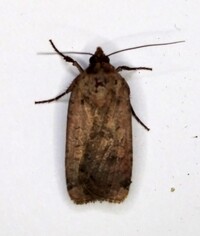
| Recorded by: Gary Maness on 2020-09-24
Guilford Co.
Comment: | 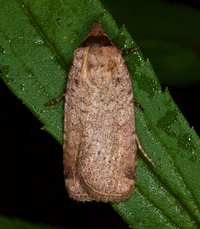
| Recorded by: Jim Petranka and Becky Elkin on 2020-09-04
Madison Co.
Comment: |
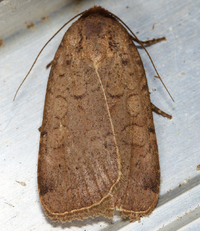
| Recorded by: Jim Petranka and Becky Elkin on 2019-10-02
Madison Co.
Comment: | 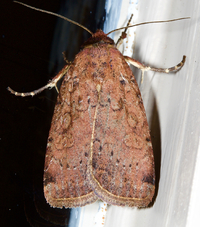
| Recorded by: Jim Petranka and Becky Elkin on 2019-07-27
Madison Co.
Comment: |
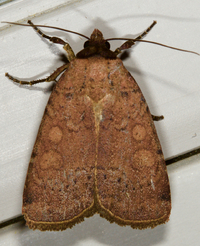
| Recorded by: Jim Petranka and Becky Elkin on 2019-06-21
Madison Co.
Comment: | 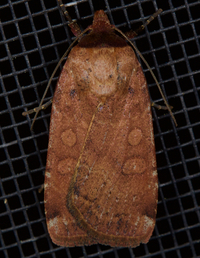
| Recorded by: Jim Petranka and Becky Elkin on 2019-05-21
Madison Co.
Comment: |
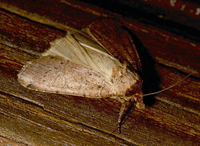
| Recorded by: Jim Petranka and Becky Elkin on 2018-09-26
Madison Co.
Comment: | 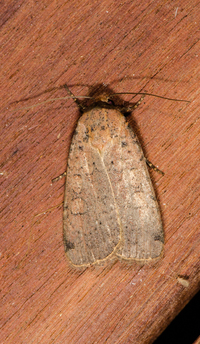
| Recorded by: David L. Heavner on 2018-09-22
Buncombe Co.
Comment: |
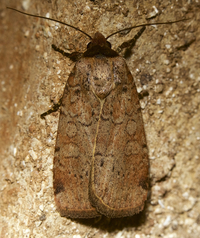
| Recorded by: Jim Petranka and Becky Elkin on 2018-08-14
Madison Co.
Comment: | 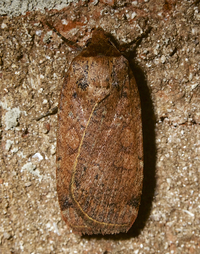
| Recorded by: Jim Petranka and Becky Elkin on 2018-07-03
Madison Co.
Comment: |
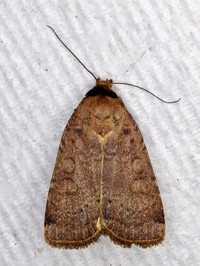
| Recorded by: Gary Maness on 2018-06-02
Guilford Co.
Comment: | 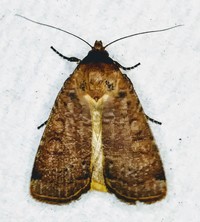
| Recorded by: Gary Maness on 2018-06-02
Guilford Co.
Comment: |
|

 »
»